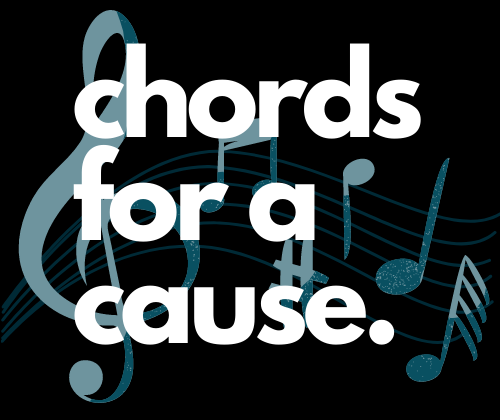The symphony in DNA


Nineteen years ago, in the spring of 2003, the Human Genome Project (HGP) was finished. It accounted for approximately 92% of the human genome, with the remaining 8% being part of continued research by the Telomere-to-Telomere (T2T) consortium. Last month, the human genome sequence was officially declared complete— all 3 billion base pairs.
The world of genomics has been advancing at an incredibly fast pace; as we gain access to the vast amounts of technology and data becoming available every day, our new focus is analyzing and interpreting it. The core functions of our DNA are becoming better understood through scientific analysis and experimentation, however, there are so many thousands of questions scientists ask every day. Human genomes vary so significantly, and new research methods are necessary for investigating how these newly variantions influence health and disease.
Our genome is composed of three types of DNA: coding, non-coding, and repeat. cDNA is our most understood and repeat sequences are known to have no function. On the other hand, non-coding DNA is the most difficult to read, but it comprises over 98% of our genes. Computational analysis has struggled to determine which parts of ncDNA are important and have important functions, and the vast amount of it makes it hard to test experimentally.
“More of an art than a science: using microbial DNA sequences to compose music,” a 2016 study by Peter Larsen, an evolutionary biologist at the University of Minnesota, converted DNA into sound in efforts to find new ways to analyze our genetic material. While this sounds slightly unconventional, it can be a powerful way to express patterns in our DNA that may be hard to discover otherwise.
The complexity of life starts with four letters: A, C, G, and T. Representing adenine, cytosine, guanine and thymine, these nucleotides are found in patterns that allow for variability in all life forms. In coding DNA, these nucleotides come in patterns that allow them to code into 20 possible combinations called amino acids. These amino acids are the building blocks for proteins, but they are difficult to analyze because of the sheer magnitude of data.
Here we have a mRNA sequence from a dog eye minus the lens and cornea from NCBI’s GenBank:
To play this sequence, each nucleotide could be assigned a pitch and played left to right. This is shown a live show exhibit at Chicago’s Museum of Science & Industry.
Furthermore, we can also include the amino acid that will be created by assigning each of the 20 amino acids a chord. The visualization below shows the same mRNA sequence as above with the associated amino acids for each codon.
By implementing such a process, we create another opportunity to recognize patterns in DNA sequences. The relationships between melody and harmony in music have so many complexities, similar to DNA. By doing this, we give our brains the chance to notice the intricate patterns that may have been indistinguishable visually.
There is no doubt that music has an incredible ability to enhance our understanding of life and the world around us. By integrating it into the study of biology, we open our minds to new possibilities for researching the incredible genetic code that makes us, and all the organisms around us, who we are.
Bibliography:
Fesenmeier, Samuel. “Coding DNA into Music: An Alternate Way of Analysis.” (2015).
Larsen, Peter E. “More of an art than a science: using microbial DNA sequences to compose music.” Journal of microbiology & biology education 17, no. 1 (2016): 129-132.
Pazin, Mike. “Can an ‘Orchestra’ of Scientists Find the Hidden Music in Your DNA?” YouTube. TEDMED, October 28, 2013. https://www.youtube.com/watch?v=_OnHv7DLB8w.
“Or24H09.Y1 Dog EYE Minus Lens AND Cornea. Unnormalized (or) Canis Lupu – Nucleotide – NCBI.” National Center for Biotechnology Information. U.S. National Library of Medicine. Accessed August 8, 2021. https://www.ncbi.nlm.nih.gov/nuccore/DN905698.1.

